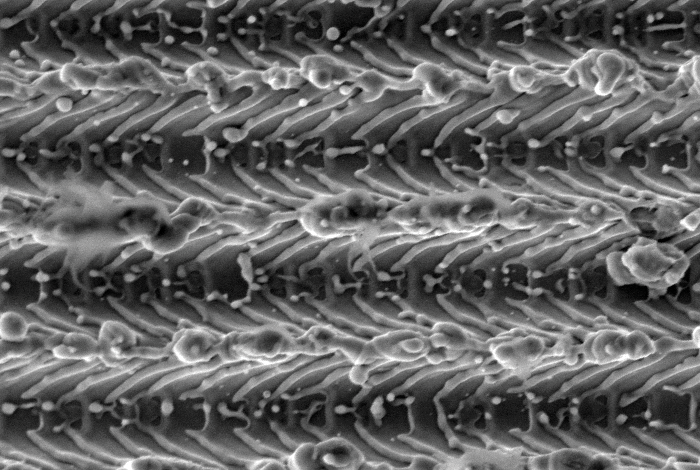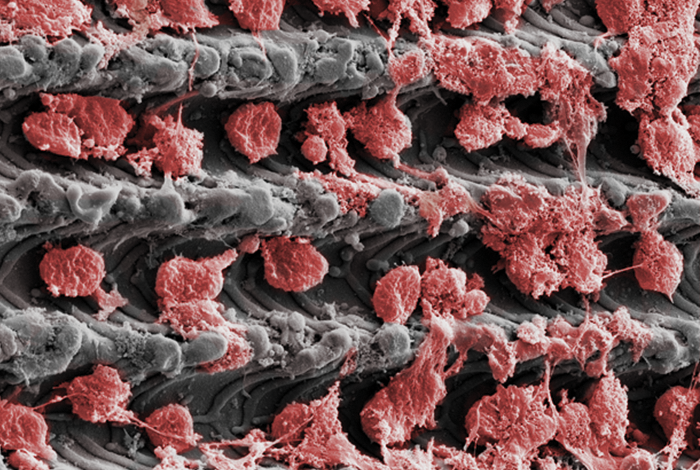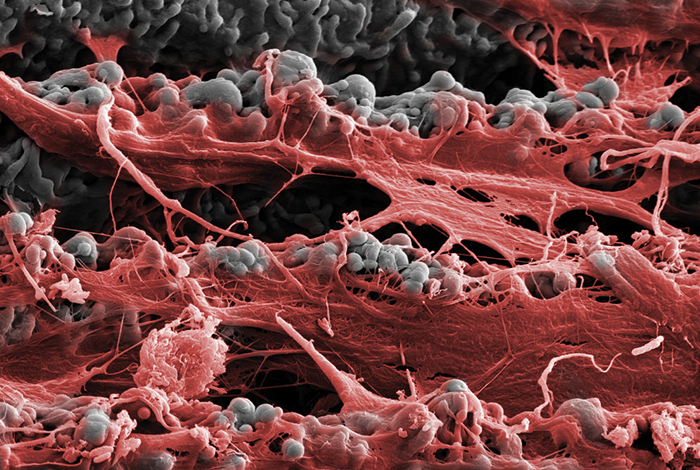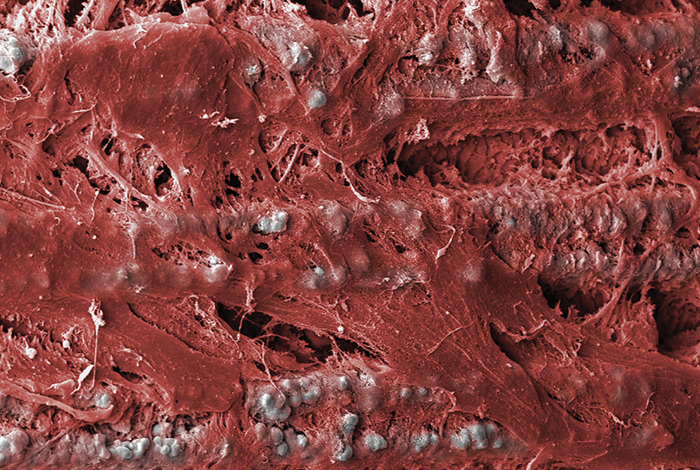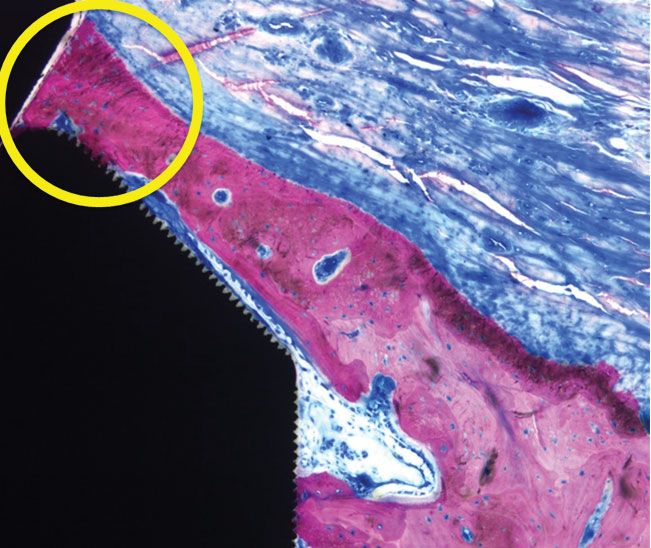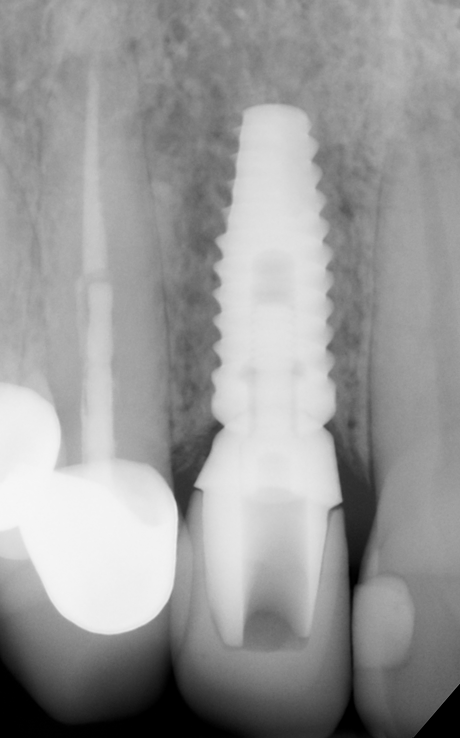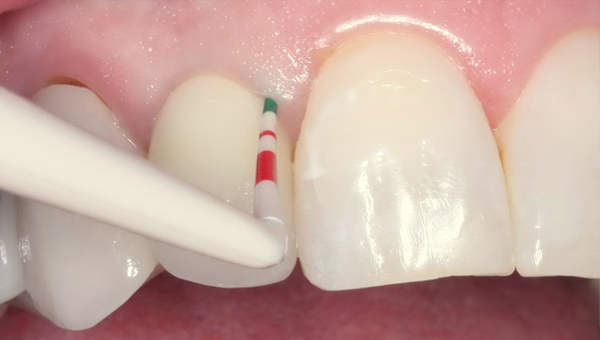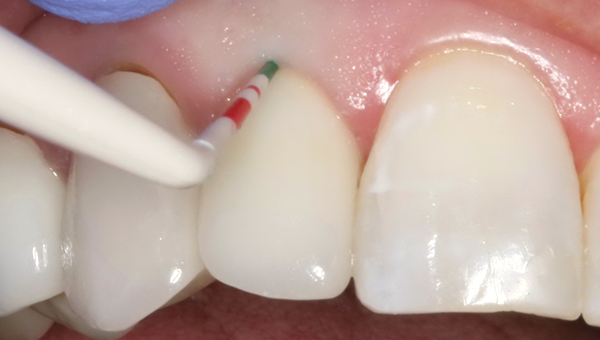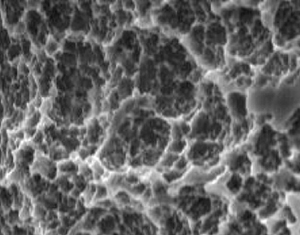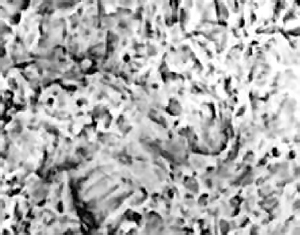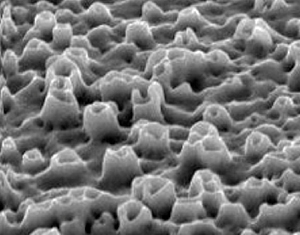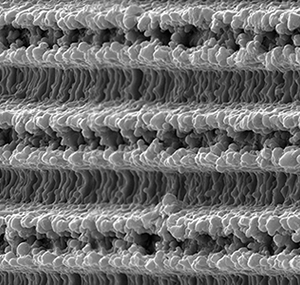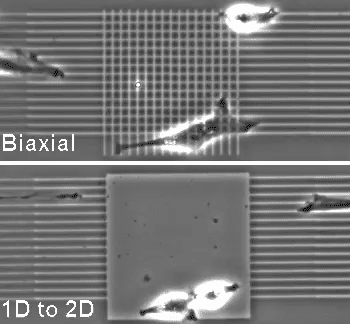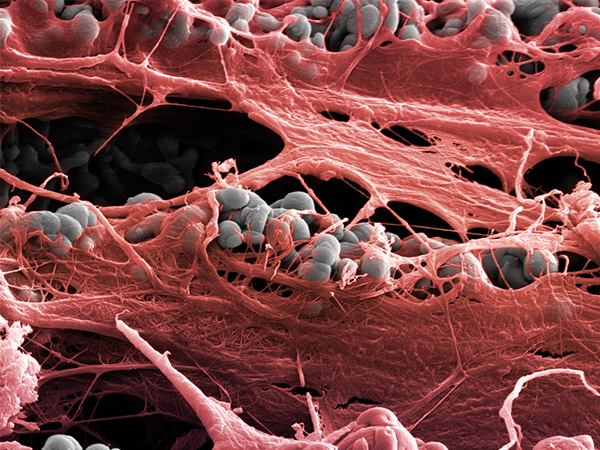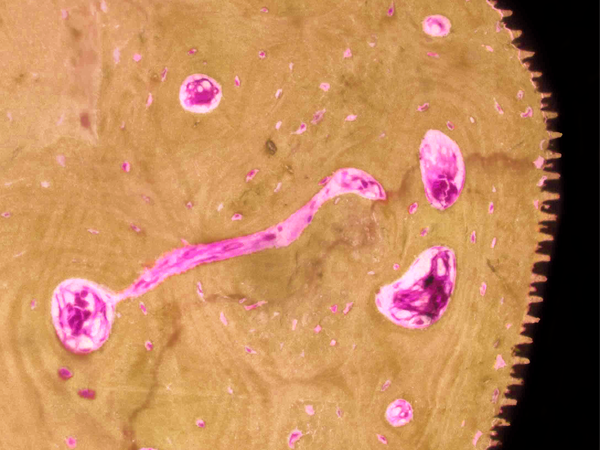better results, better esthetics
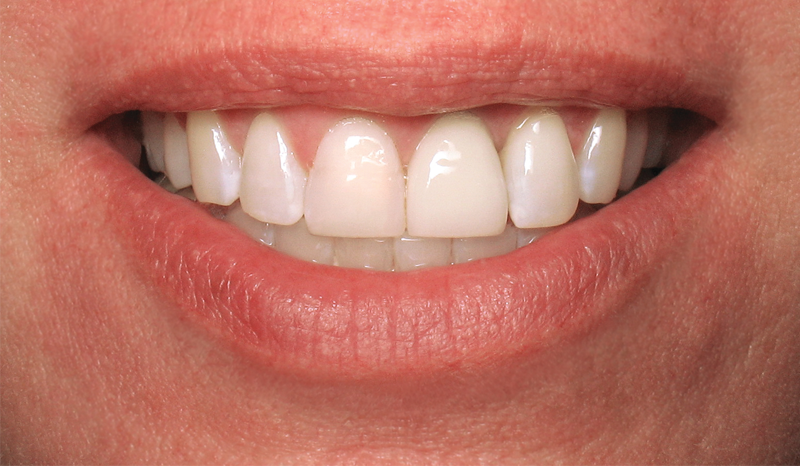
Image courtesy of Dr. Cary Shapoff
Long-term esthetic results at 15 years
What are Laser-Lok microchannels?
Laser-Lok is an organized surface treatment
Laser-Lok is a series of precision-engineered cell-sized channels laser-machined onto the surface of dental implants and abutments.
different than other surface treatments
machined surface
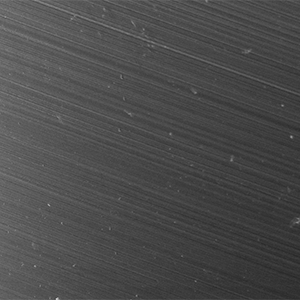
machined surface

Dental implants gained notoriety after Prof. Branemark discovered osseointegration in the 1950s using a machined surface.
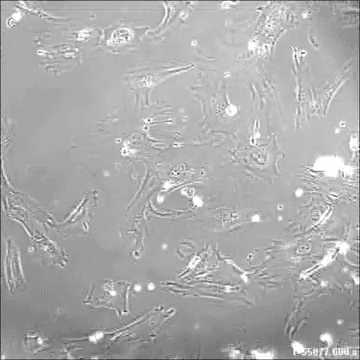
disorganized cells on a machined surface
random surfaces
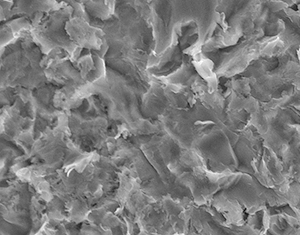
random surfaces

To improve the osseointegration of dental implants manufacturers began producing randomly roughened surfaces, typically by blasting or acid etching titanium. Random topographies lack connective tissue attachment, causing proliferation and apical migration of epithelial cells.8
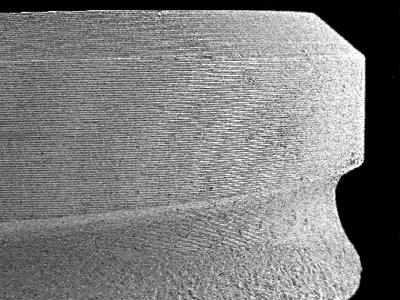
Tapered Plus implant at 39x showing the Laser-Lok zone
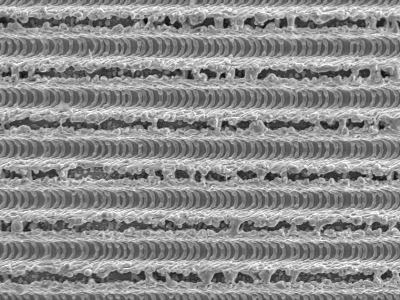
Laser-Lok at 800x exhibits consistently formed microchannels
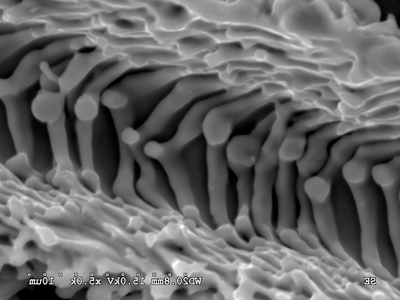
Extreme magnification shows the uniformity and nanostructure of Laser-Lok
Virtually all dental implant surfaces on the market are grit-blasted and/or acid-etched. These manufacturing methods create random surfaces that vary from point to point on the implant and alter cell reaction depending on where each cell comes in contact with the surface.9 While random surfaces have shown higher osseointegration than machined surfaces,5 only the Laser-Lok surface has been shown using light microscopy, polarized light microscopy and scanning electron microscopy to also be effective for soft tissue attachment.1,2,9,10,11,12,13,14,15
Laser-Lok creates contact guidance
Contact guidance organizes fibroblast creating a functionally stable soft tissue attachment
Colorized SEM of a dental implant harvested at 6 months with connective tissue physically attached and interdigitated to the Laser-Lok surface.2
Organization of osteoblasts generates superior osseointegration
Colorized SEM of Laser-Lok microchannels showing superior osseointegration.5
The repeating uniform Laser-Lok structure achieves predictable bone attachment
Colorized histology of a fully lased implant thread at 3 months showing complete bone attachment.5
the clinical advantage
The Laser-Lok surface has been shown in several studies to offer a clinical advantage over other implant designs. In a prospective, controlled multi-center study, Laser-Lok implants, when placed alongside implants with a traditional surface, were shown at 37 months post-op to reduce bone loss by 70% (or 1.35mm).5 In a retrospective, private practice study, Laser-Lok implants placed in a variety of site conditions and followed up to 3 years minimized bone loss to 0.46mm16 In a prospective, university-based overdenture study, Laser-Lok implants reduced bone loss by 63% versus Nobel Replace Select®.6
Crestal Bone Loss over 37 Months
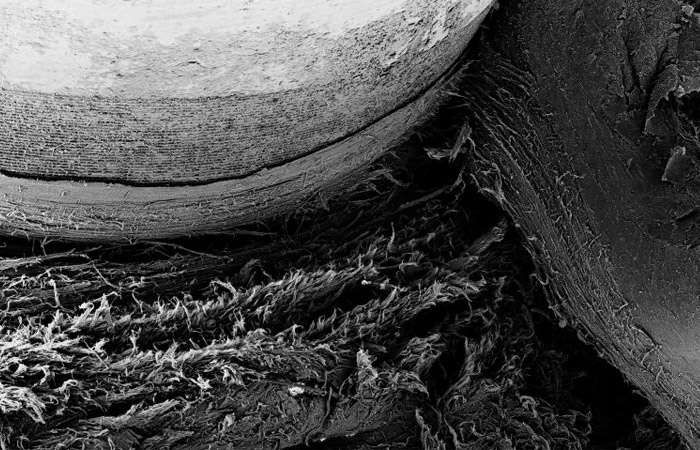
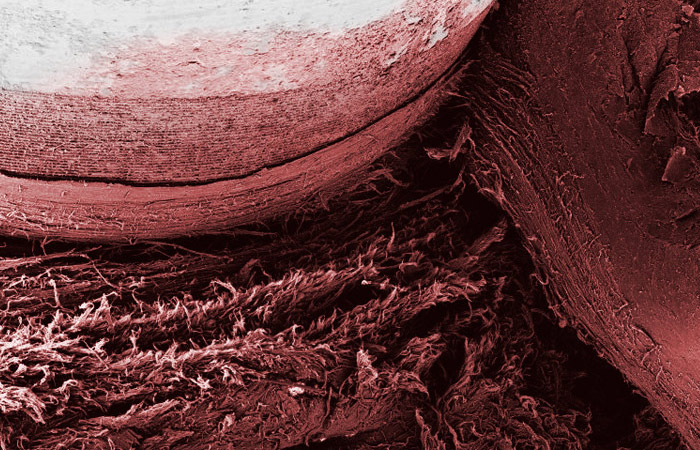
results with Laser-Lok microchannels
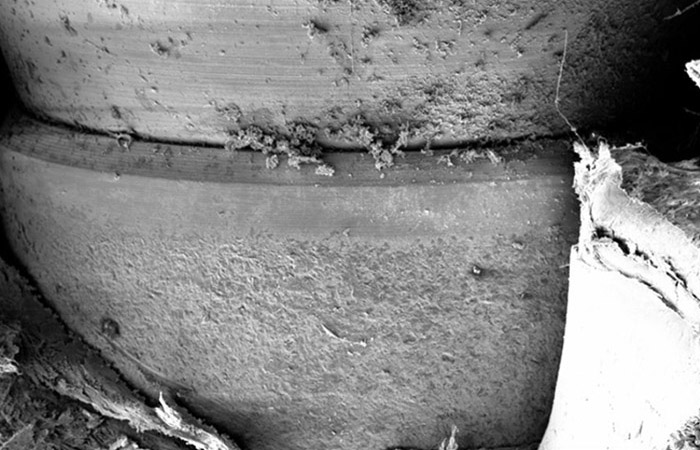
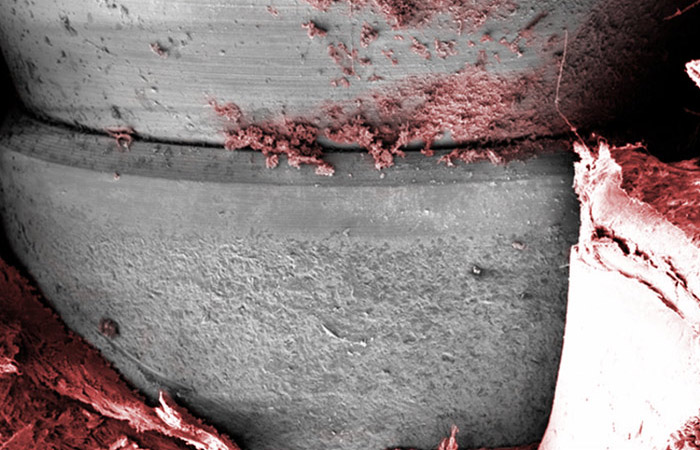
results with traditional roughened surface
latest discoveries
The establishment of a physical, connective tissue attachment to the Laser-Lok surface has generated an entirely new area of research and development: Laser-Lok applied to abutments. This provides an opportunity to use Laser-Lok abutments to create a biologic seal16, 18 – a solution that offers the best of both worlds. Alternatively, Laser-Lok abutments can support peri-implant health around implants without Laser-Lok.17 Multiple pre-clinical and clinical studies support both of these concepts. Most recently, the combination of Laser-Lok abutments, implants and platform switching was shown to regenerate crestal bone surrounding the implant.2,12,13,14,15
